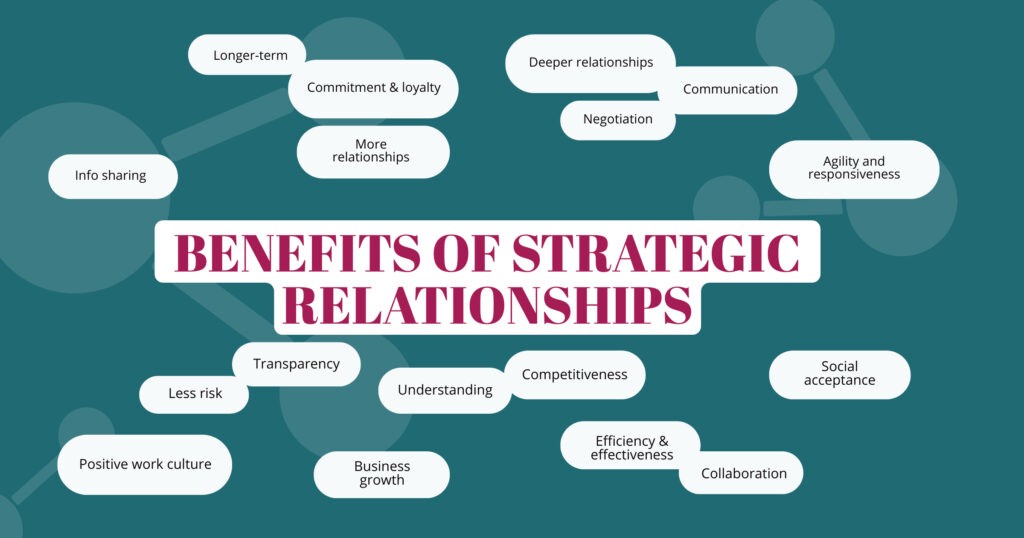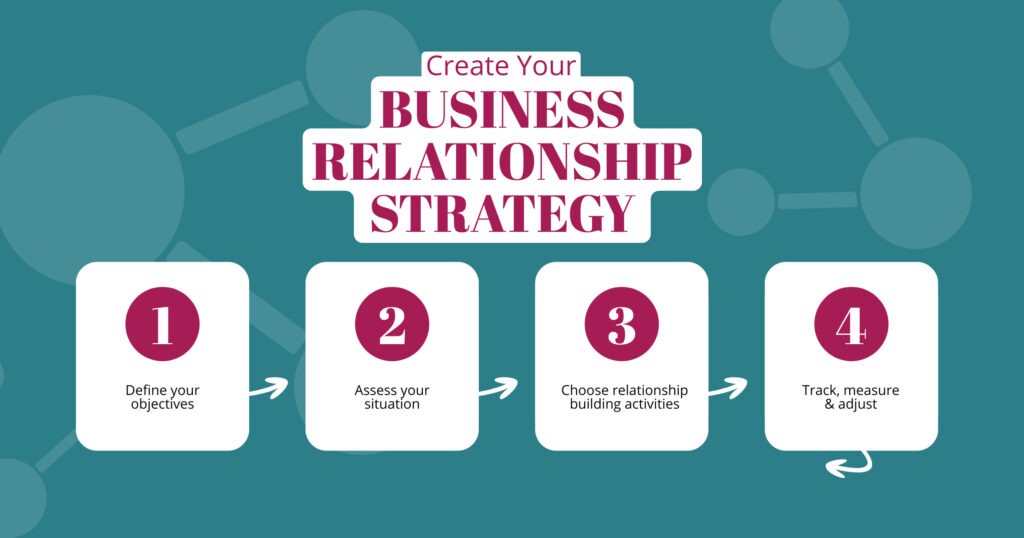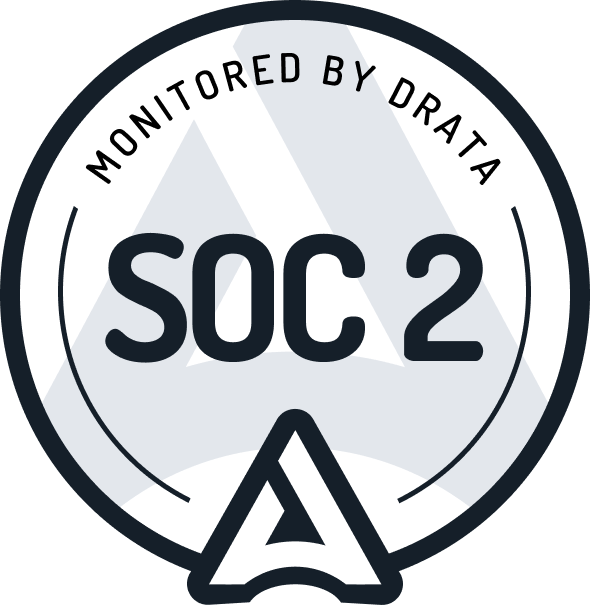Advanced stakeholder management
How to Create a Business Relationship Management Strategy
Whether you’re a Business Relationship Manager or a leader in your organization looking to mature your...

Whether you’re a Business Relationship Manager or a leader in your organization looking to mature your business relationship management practices, a strategic approach is critical to ensure your efforts make an impact where it matters most.
With many of our clients using Simply Stakeholders for business relationship management, we know firsthand how the right strategies can make a real difference. But before we get into the specific details of what that might look like, let’s start with some basic definitions…
What Is Business Relationship Management?
Investopedia defines business relationship management as promoting ‘a positive and productive relationship between a company and its business partners’. Other terms you might come across include B2B management or corporate relationship management.
Even though the official role of Business Relationship Management is a relatively new one for today’s organizations, the practice of managing relationships has always been part of doing business.
Like other types of relationship management, the process for managing business relationships typically involves:
- Creating a strategy that includes your goals and objectives for relationship building
- Identifying who (the people in specific organizations) you want to build business relationships with
- Analyzing your existing relationships and identifying any gaps
- Actively building and managing relationships through communication, meetings, feedback, and more
- Tracking your relationships
- Measuring and reporting on your results
- Going back to the beginning of the process to adjust your strategy and relationship management activities to ensure continual improvement
Before we get into more details on potential strategies you might use, let’s take a closer look at why this process is so important…
Why Strategic Relationships in Business Matter
There’s a lot of work involved in strategically building and managing business relationships. But the alternative option — leaving your relationships on autopilot — would mean leaving more opportunities on the table, while increasing your risk.
That’s because a strategic approach to business relationships will often lead to:
- More relationships with the right people — and relationships that go deeper and last longer
- Stronger commitment and loyalty on both sides
- Improved communication and negotiation
- Greater transparency and mutual understanding
- Faster response times
- Improved collaboration and innovation
- More information sharing
- Reduced risk and greater social acceptance
- Improved work culture, leading to happier staff and lower employee turnover
- Greater agility and responsiveness to change
- Increased value, business growth, market share, and competitiveness
- Streamlined processes, leading to improved efficiency and effectiveness
With so many potential benefits, businesses can’t afford to not be strategic with their relationships.
4 Steps to Create Your Business Relationship Strategy
A good starting place for building strategic relationships is to create a written plan and strategy that you can follow. This four-step process covers the key aspects to include in your plan.
Step 1: Define Your Objectives
Firms that leverage the structure of their business relationships by aligning them with business strategy can improve relationship and business performance. This means that it’s important to align your relationship management strategy with your broader business goals and vision.
Consider…
What do you need to achieve in the business? And how do you anticipate that working on your business relationships will contribute? What outcomes would you like to see in 3 months, 6 months, a year, or more?
Some examples of objectives or goals include:
- Aiming for 80% positive sentiment from tracked relationships by the end of the year
- Increasing your number of business relationships by 10% next quarter
- Expanding your average number of touchpoints with key business relationships from three to five per month
- Building connections with at least two people at each organization you’re partnered with
- Facilitating a smooth launch of a new product or service, thanks to the support of key business partners
If possible, make your goals SMART (specific, measurable, achievable, relevant, and time-bound) to help you focus your efforts.
Step 2: Assess Your Situation
Take a pulse on your existing relationships with business stakeholders. Analyze your list of business stakeholders and identify any strengths, weaknesses, and gaps. Consider:
- Who are you already connected to?
- Who would you like to be connected to?
- Who might you want to build a relationship with now to start getting ready for projects that are still to come?
If you haven’t already, you might like to check out our guides on stakeholder analysis, stakeholder mapping, and relationship network mapping. These guides cover various tools and techniques you can use to better understand your stakeholders, relationships, and situation.
Step 3: Define Your Relationship Building Activities
The previous two steps were all about giving you direction and a firm foundation to build on. Now it’s time to take strategic action in a way that builds and strengthens your relationships. The actions you take here will depend on what’s relevant and appropriate for your organization and the relationships you’re building. But here are some potential actions and strategies to consider…
Focus on trust
Ideally, your relationships should be built on trust, so it’s critical to ensure that you and your organization are trustworthy. This means do what you say you will do, don’t promise something unless you are certain you can deliver on it, and always act in alignment with your values. The more consistently you do these things, the more others will trust you, and the more effectively you will strengthen your business relationships.
Divide and conquer
Many organizations benefit from segmenting their relationships in order to tailor their approach. You’ll more effectively build and maintain relationships if you reach each person with the message and methods most suited to them. For instance, CFOs will likely be more interested in learning about pricing, billing, and ROI, but a COO might want to know about timing, systems, and reliability. Meanwhile, you might communicate with warehouse managers and logistics officers about issues like product handling and delivery schedules.
Visualize your networks
Map your network of relationships to discover opportunities for strengthening your existing relationships and building new ones, as well as connecting people you know. This can be a great opportunity to build social capital for yourself and others.
Increase your touchpoints
You can actively build and manage your relationships by increasing your touchpoints with key contacts. For instance, you might communicate via email, SMS, phone calls, meetings, and more. You might connect via LinkedIn, an online event, or an in-person event. Each touchpoint works together to build your relationship and keep it top of mind.
Become a resource to others
Make sure that your relationship is mutually beneficial and not just one-sided. Share knowledge, support, advice, and introductions where appropriate to ensure you add as much value to the relationship as you receive from it (or more).
Focus on the individual
Deloitte suggests that in order for leaders to deepen their relationships, they should start with the individual and identify what matters most to them, before expanding to their impact on their family and organization, and then finally, moving onto the organizaiton. They also suggest suspending self-interest and focusing on the other person’s point of view. So, although you’re taking a strategic approach to relationship management — remember that at the end of the day, you’re dealing with people, not numbers or another cog in the machine. Try to see each individual as they are and tailor your approach to their needs, interests, and perspectives.
Keep things stable
It’s worth pointing out that your broader business activities will have an impact on your relationships, too. For instance, too many strategic changes can lead to less stable business relationships, and this, in turn, can negatively impact performance. So, if possible, keep things stable for your business relationships — and make an effort to manage your relationships more carefully through any change that’s unavoidable.
Engagement over management
Rather than seeing your key relationships as people or resources you need to manage, consider taking more of a stakeholder engagement approach. This could mean going out of your way to seek feedback, participation, and input — and allowing them to impact your business decisions and outcomes.
Good grievance management
Managing complaints and grievances is an important part of business relationship management. A good grievance management process will usually involve careful recordkeeping, acknowledgement, investigation, and resolution — all within a reasonable timeframe.
Step 4: Track, Measure, Adjust
Finally, measuring and tracking relationships isn’t an easy task, but it is an important one. Relationship management is usually an ongoing process — so it’s a good idea to set a regular schedule to measure and report on your results. That way, you can adjust your strategy and relationship management activities to ensure continual improvement.
Consider… how do you value a relationship and what happens within it? Is it the potential monetary value that the relationship could contribute? Is it the knowledge or additional networks you can tap into via the relationship? Or is it the length of the relationship, degree of trust, or depth of partnership?
Make sure you track your relationships, along with whatever metrics matter for your relationship management strategy. From there, you can measure your results, determine whether you’ve been successful, report on the outcomes, and make adjustments.
Simply Stakeholders: Relationship Management Software
One of the best ways to support your relationship management strategies is to use the right tools. Simply Stakeholders is a powerful relationship manager designed to help businesses track and manage even the most complex relationships and networks.
Take a closer look at how it works or reach out if you’d like to book a demo.
Learn More
If you’d like to dive deeper into these topics, check out our previous content, including:
- Business Relationship Management: Best Practices for Success
- Corporate Relationship Management: When Asana & Spreadsheets Don’t Cut It Anymore
- The Benefits of Relationship Management Software
- How to Build Strategic Relationships Inside (and Outside) Of Your Organization
- How to Strategically Manage Your Stakeholder Relationships





